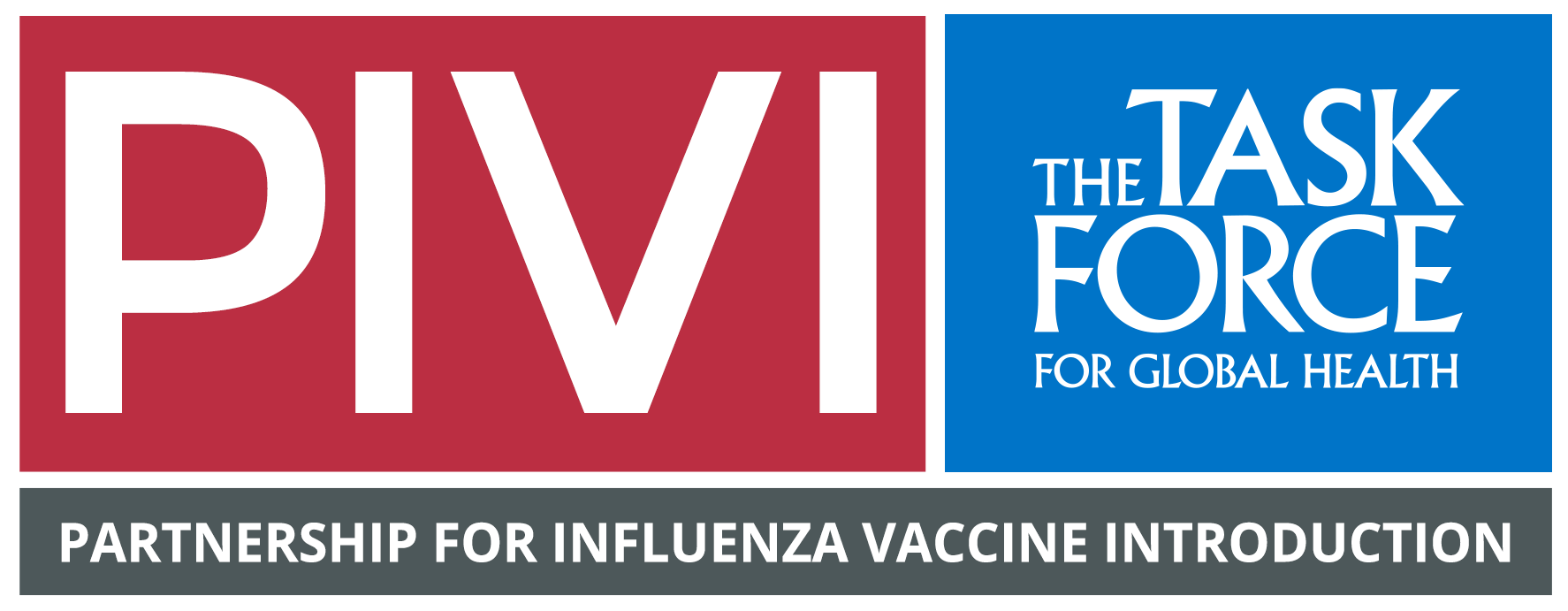One Health Approach & Middle East Respiratory Syndrome (MERS) – Surveillance, Preparedness, and Response
The first human case of Middle East respiratory syndrome (MERS) was reported from KSA in September 2012. Dromedary camels are now confirmed as the animal reservoir host from where MERS-CoV sporadically spills over to humans. Since 2012, a total of 2603 laboratory confirmed cases were reported globally, with 935 associated deaths at a case-fatality ratio (CFR) of 36%. While the virus is known to be circulating throughout the Arabian Peninsula and also in dromedary camel populations in parts of Africa and Southern Asia, the majority of human cases have been reported from KSA. During the past 10 years, there has been fluctuation in reporting of cases with a substantial decrease during the COVID-19 pandemic. MERS, however, remains a public health threat with its epidemic and pandemic potential and requires heightened efforts on preparedness and response, involving both animal and public health sectors under a One Health approach.
As circulation of MERS-CoV in dromedary camels is continuing, the risk of zoonotic transmission remains high. Moreover, as the COVID-19 pandemic declines, public health measures are being lifted and IPC measures in health care settings are feared to be relaxed, hence the number of cases of other respiratory diseases, such as influenza, RSV, and MERS are expected to increase. This therefore necessitates a renewed effort to sustain preparedness for better response to potential respiratory outbreaks. The control of MERS, as for any other zoonotic disease, requires committed national leadership, robust surveillance systems, trained human resources, clear communication strategy, transparency and data sharing, public trust, and robust coordination between human and animal health.
Strengthening public health systems at the human-animal-environment interface leads to the protection of health, agricultural production, and ecosystem services – including food and nutrition security to disaster resilience and ecotourism – all of which contribute to economic development and health security. However, there still remains a significant gap in our understanding of MERS transmission pathways. Leveraging on the gains made thus far by Tri- and Quadripartite collaboration at country, regional and global levels, it is suggested that a holistic One Health approach be adopted and implemented at country level, in the prevention and control of zoonotic diseases especially MERS.
Objectives:
WHO-EMRO in collaboration with the HQ will conduct a workshop during the EMARIS conference that will be held on 13-15 March 2022 to identify and discuss key pillars for the implementation of a One Health approach in the prevention, investigation and control of zoonotic diseases, like MERS.
The specific objectives of the workshop are to:
- Understand global priorities in MERS prevention and control and how the Quadripartite supports countries
- Identify the key stakeholders, their roles and responsibilities within a multisectoral or One Health coordination mechanism, and understand the mandate of the WHO MERS CC
- Identify major steps to be adopted at country level for the preparedness, investigation of and response to zoonotic diseases under One Health umbrella
- Learn from countries’ experience about successes and challenges in implementing multi-sectoral prevention and control activities for zoonotic diseases like MERS
- Discuss the optimal multisectoral coordination and communication mechanisms within One Health mechanism to be adopted at country and regional levels (data sharing, transparency, risk assessment, community involvement etc.) and list key action points
- Understand existing evidence and outstanding gaps in MERS knowledge, as well as recommendations for ways forward in MERS research
Participants:
Any EMARIS attendee that wishes to familiarize with One Health implementation for zoonotic disease preparedness, investigation and response. Special interest in this topic is expected from persons working on MERS surveillance at ministries of health, persons working in the animal health sector, ministries of agriculture, as well as health professionals and researchers in MERS.
Facilitation team:
WHO HQ, WHO EMRO, WHO MERS CC in KSA, Quadripartite, US CDC, and country representatives from Qatar, Egypt, and Kenya
Agenda:
MERS under quadripartite coordination
Topic
Method
Time
Setting the scene for MERS and One Health coordination
(Emma Gardner, FAO HQ)
Presentation
10 min
Table-top exercise on how to set up a OH approach for zoonotic diseases, like MERS
Topic
Method
Time
Welcome and introduction
(Sophie von Dobschuetz, WHO HQ)
Setting the scenario
(Hala Abou El Naja, WHO EMRO)
Plenary discussion
10 min
Injects/probing questions
(Hala Abou El Naja, WHO EMRO)
Interactive/group sessions
10 min discussion
5 min brief
1.Joint multi-sectoral MERS case exposure investigations, genomics/lab and data sharing with IHR/WHO
(Ezzuddin Okmi, PHA, KSA)
KSA experience
5 min PPT
5 min questions
Injects/probing questions
(Claire Midgley, CDC)
Interactive/group sessions
10 min discussion
5 min debrief
2. Sharing of sensitive data and trade issues
(Ahmed Kayad, FAO Egypt)
Egypt experience
5 min PPT
5 min questions
Inject 3/probing questions
(Halima Yarow, WHO HQ)
Interactive/group sessions
10 min discussion
5 min debrief
3. Setting up the Joint Risk Assessment
(TBC, MoH Qatar)
Qatar experience
5 min PPT
5 min questions
Inject 4/probing questions
(Emma Gardner, FAO HQ)
Interactive/group sessions
10 min discussion
5 min debrief
4. Engaging communities at risk
(Thomas Nyariki, FAO Kenya)
Kenya experience
5 min PPT
5 min questions
How the WHO MERS CC supports WHO and the countries in the region
Topic
Method
Time
WHO CC areas of support
(Ezzuddin Okmi, PHA, KSA)
as one of the actors in OH collaboration
5 min
Challenges and limitations of OH investigations of MERS outbreaks
(facilitator: Sophie von Dobschuetz, WHO HQ)
Interactive plenary session (based on notes taken during discussion)
10 min
MERS research priority areas and gaps
Topic
Method
Time
Scoping Review findings
(Maya Hassan, WHO EMRO)
Presentation – what still needs to be addressed and how countries can help
10 min
Closing workshop
Topic
Method
Time
Summary action points + take home messages
(facilitator: Maria Van Kerkhove, WHO HQ)
Plenary discussion
5 min



